This is part two of our series on Using Prognostic Times for training. In the Part 1 we looked at What are prognostic times, and why to use them? If you missed part one go and take a look at Prognostic Times – Part 1. Today we’re looking at the History of Prognostics and How they are measured.
Prognostic times for rowing: The History of prognostics
In this post, Ainhoa, our prognostic expert is going to cover some history around the Gold medal standard (GMS) times.
Prognostic times for rowing: Calculation of prognostic times historically
Nowadays getting data from past international regattas is very handy on the Internet. However, before the new World Cup system was established in 1997, getting enough data for past results and for all boat classes was not an easy job. Consequently, most rowers would come to the Olympics without having much information on how fast they were nor how good their adversaries were.
Sometimes, rowers would coincide with other nation’s rowers in training camps. These occasions enabled the coaches to get the times that their adversaries were pushing out. The more information they had about how fast other rowers were, the better idea they had about the probabilities they would medal at the big races. Again, year after year, the more information they had collected, the more they were able to narrow down the times that their crews would have to do to aim for medals in future races.
Another very useful approach was to record times in a specific distance in their training venues. For example, world famous German coach Karl Adam set the target distance from “the oak tree to the club” which was 600 meters at his training base in Ratzeburg. He knew how fast his world class athletes were doing when they medaled so he could compare those times with the “Oak Tree standard” and aim for those times with his athletes.
This technique is still valid today: Our U-19 coach compares the “bridge to bridge” time of all club crews to the 2018 club crew, who won the national championship.
Prognostic Times for Rowing
Rowing Coaches realized that they needed more data to make those numbers reliable and they started to use World Best Times instead. You should know that these times are always set with the very best weather and water conditions; when water conditions are close to perfect and mostly with a tailwind. Hitting these times is difficult but with these standards crews would have a high probability of winning medals.
As we all know, rowing is one of the outdoor sports where environmental factors play a big role in performance. It’s estimated that, about 90% of variability in 2km race times may come from environmental factors. Only 10% is human factor variability.
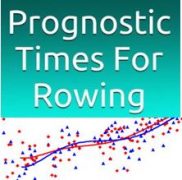

After 1997 when the new World Cup system was established, more data per year started to become available. For all boat classes with four international races each year. Three World Cup regattas plus a World Rowing Championships or the Olympics instead every four years. Coaches realized that using the World Cup and World Championship winner times was a more accurate approach.
The methods today
With more data, more different environmental situations are represented in the results. The speed trend obtained from these times is more realistic and achievable. So the prognostic speed was not very high with this method compared to the one obtained from the World Best Times. As a consequence, nowadays the prognostic models that are used are calculated combining both methods.
For example in Canada, the GMS times are developed based on gold medaling international performances. The GMS times are reflective of what Rowing Canada Aviron (RCA) deems a necessary time for a crew to win a gold medal internationally (World Championships and Olympic Games).
As international race times improve, GMS times change to reflect advances in training, equipment, and competitiveness. Therefore, the GMS times published by RCA are adjusted often on a four year basis to coincide with the Olympic quadrennial cycle using Gold Medal Prognostic times.
Future approaches
Is there anything else we can do apart from including more race data year after year to improve our ability to forecast race times?
If we had access to environmental data for each race, it would allow us to model the trend of the speed of the boat adjusted for environmental factors enabling to predict Gold Standard Times more accurately and realistically.
Next time we will look at how Prognostic Times can be used.
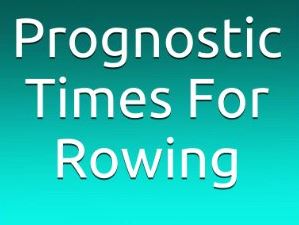
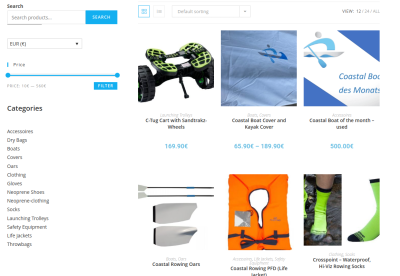
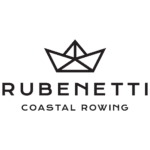
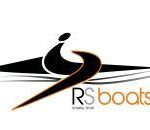
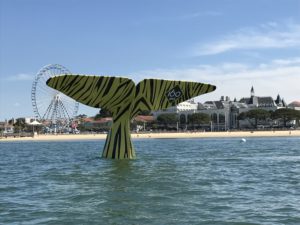

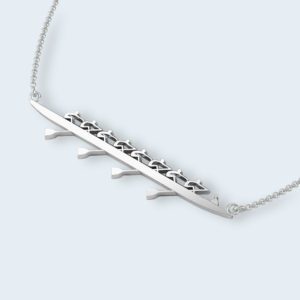

This Post Has 2 Comments
http://t.co/YmOibGuFPA
“: Prognostic Times for Rowing Part 2 – The History Of Prognostics – http://t.co/lPnagEzkyc”@TheDoddler